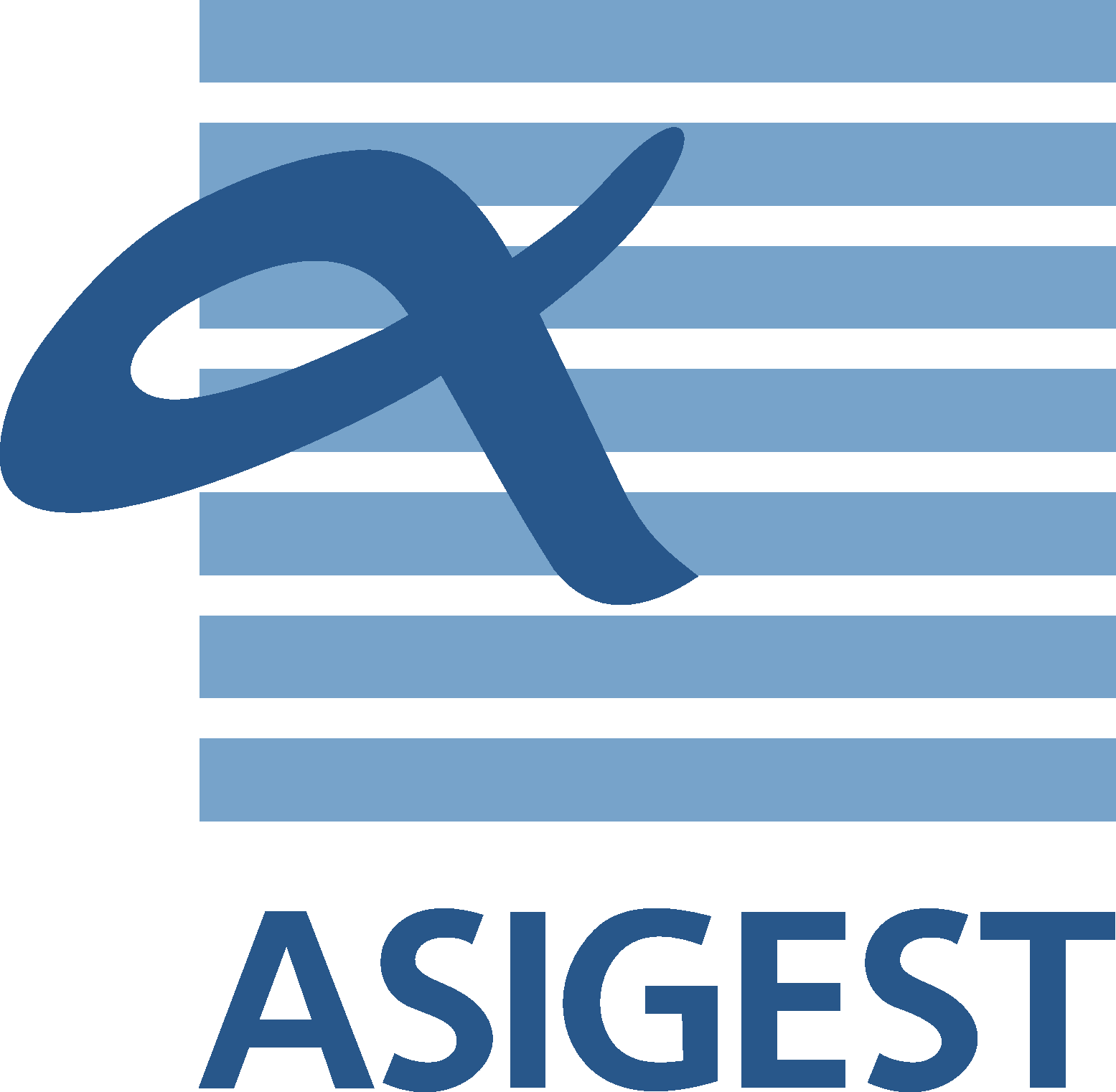RISK APPETITE & RESILENCE INDEX
The amount of risk that an organization is willing to look for or take in pursuing its long-term goals is determined and set at the highest levels of the organization: “by the Board of Directors, the CEO or executive level Management”.
RISK APPETITE
ISO 31000: 2018 defines risk appetite as:
…the amount and type of risk that an organization is willing to pursue or maintain …
This situation entails a prior awareness of the risks.
Depending on the type of year, the Board of Directors may decide to proceed with strategies aimed at a higher or lower risk appetite.

Very conservative targets would be set if it is decided that it is a conservative year (for example due to budget constraints).
On the other hand, the Board of Directors can “stretch” the organization’s objectives if they decide that they are having a progressive year that allows them to take on more risks in pursuing the organization’s objectives.
In a progressive year, the organization may be able to withstand a greater loss in pursuing its goals due to the more prosperous environment.
On the contrary, in a conservative year, an organization would try to reduce any losses due to the less prosperous environment.
Each organization has a certain net-worth and a certain level of financial resources (unused cash or lines of credit) which, in some cases, may be more secure than those of many insurance underwriters.
These organizations have the ability to partly finance their losses.
Furthermore, the purchase of insurance coverage represents a cost that must be properly assessed in relation to how much the organization is able to self-insure; this decision depends on the organization’s financial resources and the risks to which it is exposed.
Two types of Conservation/Retention/Self-insurance exist:
- UNPLANNED/UNAVOIDABLE
- PLANNED
WHAT IS THE CORRECT RETENTION LEVEL? HOW RESILIENT IS THE ORGANIZATION?
RESILENCE INDEX
INDICATES THE CARRYING CAPACITY OF EXTRAORDINARY LOSSES
|
The term resilience has always been used in the metallurgical sector and it indicates the ability of a metal to withstand the forces applied to it:
a quality that is the opposite of fragility.  In Risk Management we talk about: the return to the pre-loss situation “through the recovery of normal production”.
|
